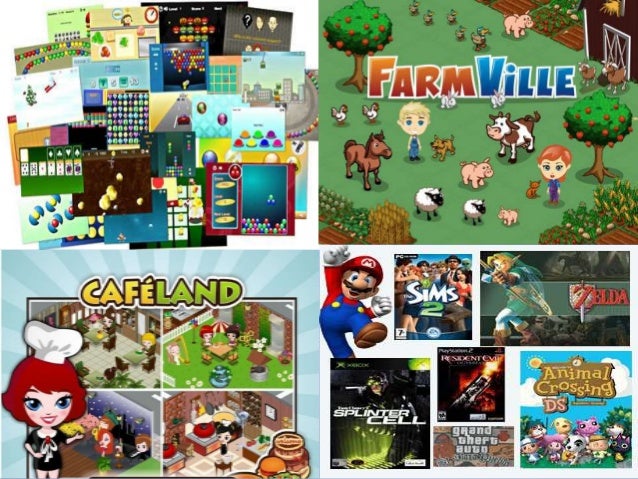Understanding Hypermedia
Hypermedia
is nothing but multimedia, but this time packaged as an educational computer
software where information is presented and student activities are integrated
in a virtual learning environment. Most educational IT applications are
hypermedia and these include:
·Tutorial
software packages
·Knowledge
webpages
·Simulation instructional games

·Learning project management, and others

The presentation of information-learning activities in hypermedia is said to be sequenced in a non-linear manner, meaning that the learner may follow his path of activities thus providing an environment of learner autonomy and thinking skills.
Characteristics
of hypermedia applications:
1. Learner control- the learner makes his own decisions on
the path, flow of events of instruction.
2. Learner wide range of navigation routes- the
learner has a wide range of navigation routes such as by working on concepts he
is already familiar with. He may even follow a linear or logical path, even if
the previous activity is half-completed. He may explore other sections opting
to return or complete the previous activity.
3. Variety of media- Hypermedia includes more than one
media (text, graphics, audio, animation and video clip) but does not
necessarily use all types of media in one presentation. Since only virtual
learning activity takes place, it
is important from the standpoint of the teacher to optimize the learning
process by identifying the characteristics of media application, as well as the
advantages and limitations of such an application.

No comments:
Post a Comment